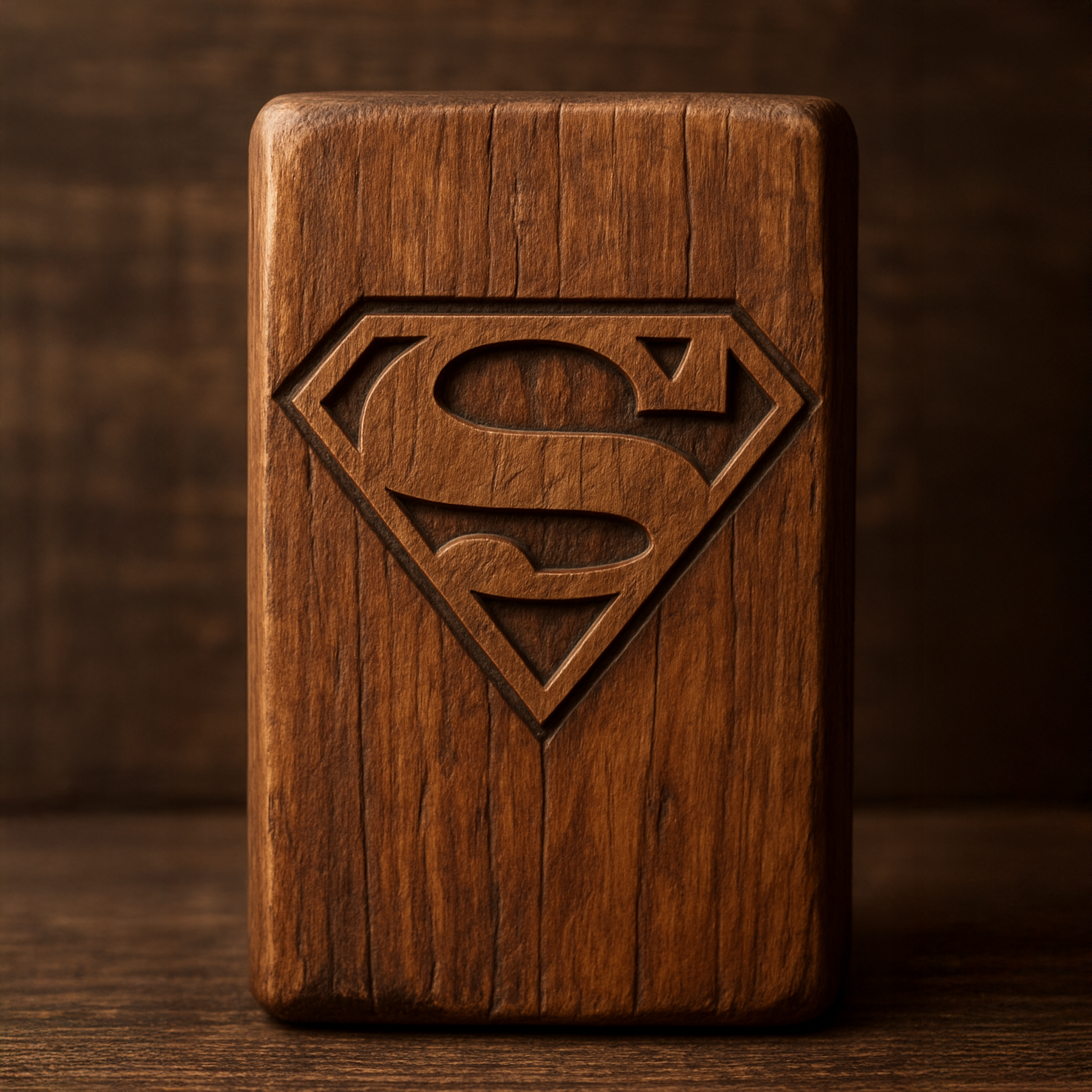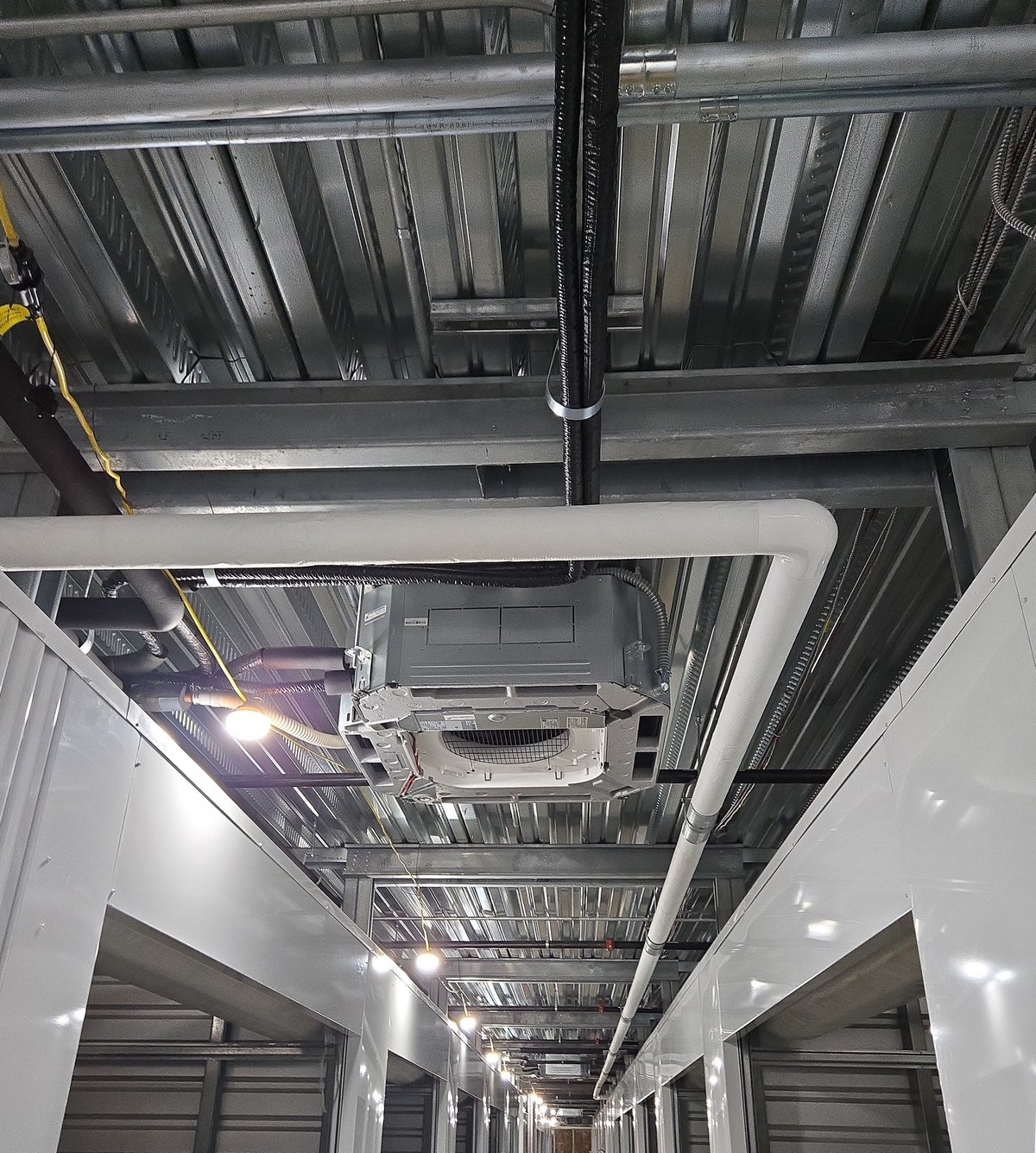7 MIN READ
4 MIN READ
It's a bird! It's a plane! It's Superwood?
July 12, 2025

I believe adding the word "super" to any noun can give it an extraordinary, attention-grabbing quality. Think of examples like superglue, Superman, or supersized fries. However, the word "super" can also lose its impact when applied too commonly—like in supermarket or supermodel—where it feels more standard than special.
When I first heard the term "superwood," it immediately piqued my interest. What is superwood, you ask? Essentially, it involves taking wood scraps and altering them at a molecular level to make them stronger than steel, lightweight, and fire-resistant. The process involves heating the wood, adding chemicals, and compressing it to about a quarter of its original size. It's an innovative way of transforming discarded wood into something far more valuable and functional.
Now, I love wood, but not for self-storage facilities. People often ask why, and the answer isn't a simple one. There are several factors at play. For instance, insurance premiums tend to be higher with wood construction compared to metal materials. Additionally, the structural steel used in self-storage facilities is visible and open, which reduces risks like fire, damage, or rot. Most importantly, self storage structures typically use light-gauge steel, which is cost-effective, easy to install, and quick to work with. These facilities also have small clear spaces, which allows for plenty of vertical steel to handle high load-bearing requirements. For comparison, a typical multifamily building has a live load capacity of 40 pounds per square foot, whereas self storage facilities need to support 120+ pounds per square foot. Light guage steel is a way to handle high loads and make the building fully functional.

Exposed structural steel in our Nantucket, MA self storage facility. Opening this fall.
That said, wouldn't it be great to have the option to use wood—perhaps in combination with steel—if it could save time and money? As of 2025, we've only experienced one tariff-related cost increase so far, and it was for steel. Within days of April 2, 2025 the price of steel jumped by 10% on a handful of our projects where we had not placed the steel order. My guess is that as construction continues to slow (which it has for the past 18 months), steel prices may eventually come back down.
Having the flexibility to incorporate wood into self-storage construction could provide developers with greater leverage. Superwood might just be the groundbreaking material that makes this possible.
See More Posts
LOAD MORE
4 MIN READ
What Does Too Much New Supply Look Like?
- Commercial Real Estate Insights
- Self Storage Industry
2 MIN READ
DXD Capital Acquires Development Site In Huntington, NY For $5.6M
- Commercial Real Estate Insights
- Self Storage Industry
LOAD MORE

